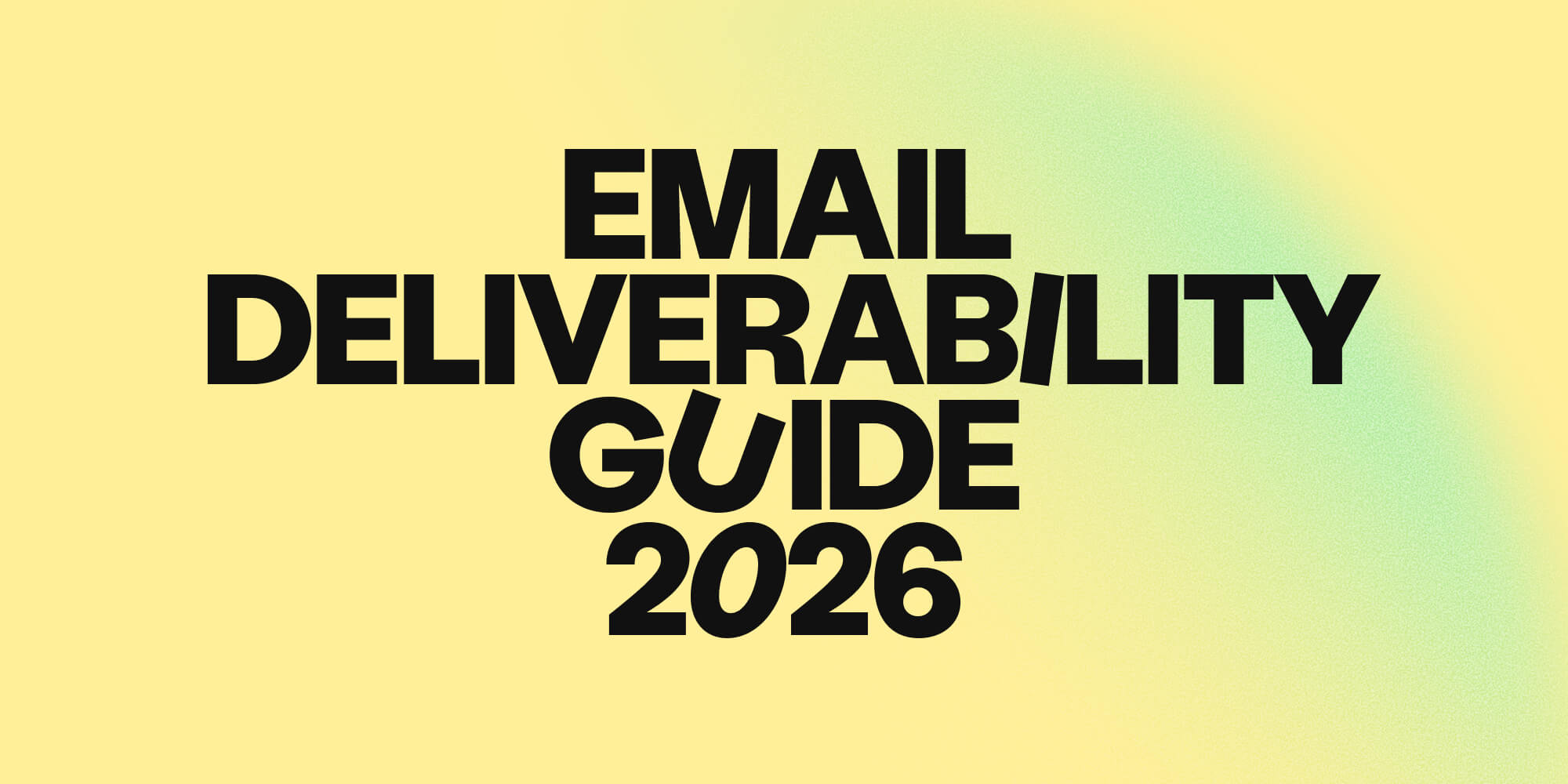15 proven sales methodologies to close deals and build better B2B relationships
•
August 17, 2023
.jpg)
You've made your sales plan. You've set your goals. You know your ICP (Ideal Customer Profile) inside out, and you know where you stand in your competitive landscape.
The next step is: to sell.
It's not as simple as diving headfirst into cold prospecting and outreach. You need a methodology: a set of principles to guide your selling and keep your reps aligned from first-touch to closing deals and beyond.
There's no shortage of methodologies to choose from, but as with most things, it's important to figure out what works for you and your team. In this blog, we'll explore 15 of the most popular, time-tested methodologies, explaining their relevance and how and where you can use them to grow your business.
What is a sales methodology?
A sales methodology is the framework or system that guides you through your sales cycle to close deals. Having a sales methodology means you have a plan of action to fulfill your set goals or quotas and shape your “style” of selling.
Why does having a sales methodology matter?
Some sales teams subscribe to one particular sales methodology; some mix and match; in other cases, methodology will vary from rep to rep.
Whilst there’s no set-in-stone right or wrong here, having a methodology helps sellers keep their strategy consistent over time. The more consistent your sales strategy, the easier it is to measure your effectiveness and reassess whether the methodology is working for you.
How do you decide on a sales methodology?
To reiterate: there’s no universal solution to selling. What works for your competitor may not work for you, and yet similar methodologies can work for companies selling completely different things in completely different industries.
Your ideal methodology will be influenced by a number of factors:
- Your team’s skills
- Your level of enablement (e.g. outreach capabilities, data quality etc.)
- Your ICP and target personas
- Your product/service
- Average length of sales cycle
- Etc.
Before settling on a methodology and drawing up your sales models, ensure that it makes sense for your business. Don’t be afraid to mix and match either!
15 common sales methodologies
1. Solution selling
How it works: Solution selling focuses on the customer’s pain point rather than the product. Sellers identify and solve a problem with their offering, showing that they’re capable of anticipating customer needs and inserting their value into the prospect’s business.
Points of focus/metrics: Pain point identification, personalization, solution match rate, post-sale satisfaction.
Example: Your company sells a software tool that automates administrative tasks. You approach clients with the angle of reducing manual hours and increasing efficiency.
2. SPIN selling (Situation, Problem, Implication, Need-Payoff)
How it works: Salespeople ask a series of questions in the SPIN sequence to uncover and expand on a prospect's needs, guiding them to an ideal solution that aligns with their product or service.
Points of focus/metrics: Quality of questions, uncovering implicit needs.
Example:
- “What does your current marketing approach look like?” (Situation)
- “Do you find you have issues bringing consistent conversions through your ads?” (Problem)
- “If your ad conversions drop, how does this affect your overall revenue?” (Implication)
- “If you were to automate your ad optimization, how would this help your marketing team and wider organization?” (Need-Payoff).
3. Account-based selling
How it works: Identifying and focusing on specific high-value accounts and targeting decision-makers with highly-personalized selling campaigns.
Points of focus/metrics: Account engagement rate, conversion rate, lifetime value.
Example: You identify a Fortune 500 company who’d be a great fit for your product and target their decision-making team with personalized, multichannel outreach including email, ads, LinkedIn engagement, event invitations etc.
4. Challenger sale
How it works: Salespeople challenge the beliefs of their prospects to show them a new solution or perspective. This involves teaching prospects about general business ideas and showing thought leadership; tailoring their message according to the prospect’s business interests; and taking control of the sale by challenging the prospect and their status quo.
Points of focus/metrics: Disruption rate, post-challenge acceptance rate.
Example: You convince a company that their current CRM isn't effective for their needs and introduce an alternative with more sophisticated capabilities.
5. Conceptual selling
How it works: Instead of focusing on selling a product, you pitch a concept that aligns with the vision or values of your prospect. Like SPIN selling, the emphasis is on asking questions that guide the prospect to idealize what their perfect solution would look like. Questions fall into three categories: getting information; giving information; and getting a commitment.
Points of focus/metrics: Vision alignment, post-sale adoption.
Example: Selling an innovative digital work management concept to companies struggling to manage their remote workers.
6. Value selling
How it works: This methodology emphasizes the value or ROI the product/service can bring to the client. Sellers calculate potential ROI or savings to help prospects envisage the tangible business value on offer.
Points of focus/metrics: Value calculation, ROI clarity, post-sale value validation.
Example: A cloud service provider explaining cost savings over on-premises solutions.
7. Inbound selling
How it works: MQLs (marketing qualified leads) are attracted through content marketing, SEO, and other inbound tactics, either paid or organic. Salespeople then nurture, qualify, and convert as many of these leads as possible to SQLs (sales-qualified leads) depending on their readiness to buy.
Points of focus/metrics: Lead acquisition rate, conversion rate, content engagement, MQL/SQL conversion rate.
Example: Using a blog post about a common pain point to attract potential clients to a your solution’s website.
8. MEDDIC (Metrics, Economic Buyer, Decision Criteria, Decision Process, Identify Pain, Champion)
How it works: This is a checklist-based method that ensures sellers understand the critical selling criteria for each prospective buyer.
Points of focus/metrics: Checklist completion, deal clarity.
Example: Enterprise software sales where multiple stakeholders are involved and the sales cycle takes 6+ months.
9. SNAP selling (Simple, iNvaluable, Aligned, Priority)
How it works: The seller focuses on keeping things simple and always aligned with the client’s needs.
Points of focus/metrics: Message simplicity, alignment rate, agreement of priorities.
Example: A cold sales pitch for an easy-to-use product that gets straight to the point for a busy executive.
10. Miller-Heiman selling
How it works: This method derives from strategic analysis of the sales environment, particularly for larger enterprise deals with multiple decision-makers and longer sales cycles. Miller-Heiman sellers commonly use a “Blue Sheet” to record all their strategic buyer research.

Points of focus/metrics: Sales strategy clarity, post-strategy execution rate.
Example: You map out all the decision-makers in a large organization, things that will influence their decision, and potential points of objection.
11. Customer-centric selling
How it works: This methodology places strong emphasis on the goals, timelines, and solutions of the customer and tailoring the sales process around them. Salespeople need to be flexible and empathetic, encouraging a dialogue with their prospect rather than forcing a pitch on them.
Points of focus/metrics: Customer goal alignment, post-sale satisfaction.
Example: Tailoring a software solution demo based on what the client wants to achieve.
12. NEAT selling (Needs, Economic Impact, Access to Authority, Timeline)
How it works: Sellers guide potential buyers through their decision-making journey with a keen understanding of specific NEAT criteria.
Points of focus/metrics: Clarity on the buyer's needs, understanding of financial implications, decision-maker engagement, and buyer's purchase timeline.
Example: When selling a CRM system, you assess a company's need for better customer management (Needs), showcase how better customer retention can lead to increased profits (Economic Impact), ensure you’re discussing with or can approach the CTO or relevant authority (Access to Authority), and finally determine when the company aims to implement the new system (Timeline).
13. RAIN selling (Rapport, Aspirations and Afflictions, Impact, New Reality)
How it works: This method focuses on building a strong connection with the client (rapport), understanding their goals (aspirations) and challenges (afflictions), emphasizing the consequences of not solving these challenges (impact), and finally painting a picture of a new reality after using the product/service. It helps sellers to fine-tune their consultative conversations and to match solutions with qualified leads.
Points of focus/metrics: Quality of relationship, depth of challenge and goal discovery, successful envisioning of a better future.
Example: A consultant first develops a trusting relationship with a client, learns about their challenges in streamlining operations, discusses the cost implications of not addressing it, and then describes a future where these issues are resolved using their services.
14. Sandler selling system
How it works: This method upends the traditional buyer-seller dynamic: instead of the seller chasing the buyer, they set clear expectations, generate demand, qualify leads efficiently, and create a situation where moving forward is mutually beneficial.
Points of focus/metrics: Pain point discovery, mutual engagement metrics, commitment from prospects.
Example: You might respond to a common question like "How much does your service cost?" with a Sandler technique such as "Before diving into costs, can we discuss what challenges you're hoping our service will address for your company?" This redirects the conversation to the prospect's needs, making the discussion more consultative.
15. Gap selling
How it works: The "gap" between the prospect's current situation and where they want to be is used to pitch a solution that will help them overcome the challenges (the gaps) that stand between the two.
Points of focus/metrics: Depth of understanding of the client's current situation, clarity on the desired outcome, and identifying all barriers or challenges.
Example: You identify all issues with your prospect’s current software (current state), then visualize a scenario where the company enjoys streamlined operations and cost savings (desired state) as a result of your software bridging the gap.
Finding the right methodology for your business
The best methodology for your reps is the one that strikes the optimal balance between your team’s capabilities and the interests of your target audience. Failure to take either of these into account will make your methodology unsustainable and bring you inconsistent results.
Focus on building a system that will create the most productive relationships with your ICP and ensure you invest the training and resources to make it happen.
Back your methodology with the best all-in-one AI sales solution - sign up for an Amplemarket demo today!
Subscribe to Amplemarket Blog
Sales tips, email resources, marketing content, and more.










